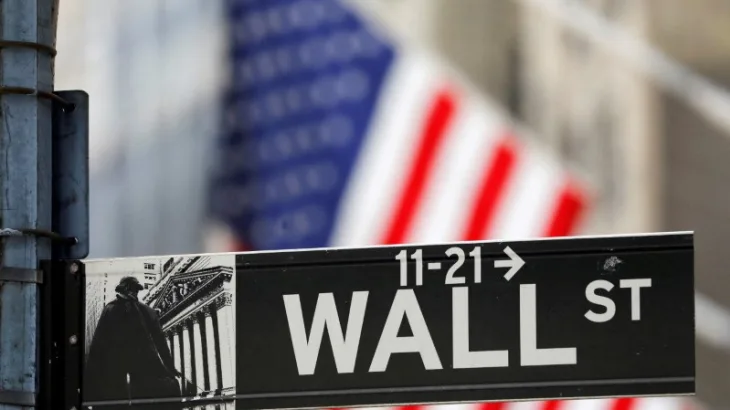(Bloomberg) -- Germany’s economy will hardly grow in 2025 after shrinking again this year, according to fresh forecasts from Bundesbank.
Gross domestic product will fall by 0.2% in 2024, it said Friday — slashing a June prediction for 0.3% growth. Output will expand by just 0.2% in 2025, rather than the 1.1% seen earlier, and could even fall if US trade tariffs materialize.
“The German economy is not only struggling with persistent economic headwinds, but also with structural problems,” Bundesbank President Joachim Nagel said, highlighting the industrial sector in particular. “The labor market, too, is now responding noticeably to the protracted weakness of economic activity.”
The forecasts worsen an already gloomy outlook for Europe’s biggest economy as long-standing struggles among its industrial and car giants are compounded by political turmoil before snap elections in February and the dangers posed by Donald Trump’s return.
The Bundesbank expects the economy to stagnate this winter and only begin to slowly recover during next year. For 2026 and 2027, it forecasts growth of 0.8% and 0.9%.
Risks are to the downside, however, specifically from Trump’s policies. Germany’s “strong reliance on exports makes it particularly vulnerable to the decline in foreign demand resulting from the global trade losses triggered by the restrictive trade policy,” the Bundesbank said.
Overall, economic output in 2027 could be 1.3%-1.4% below the baseline scenario due to a US policy shift, the report said. According to different models, a trade conflict could even cause German GDP to stagnate or shrink again in 2025.
Nagel has warned in the past that Trump’s levies could cause another GDP contraction in 2025.
On inflation, the Bundesbank revised down its outlook from June. It expects consumer-price growth to remain elevated in 2025, cooling only slightly to 2.4% from 2.5%. In the coming years, however, it sees inflation gradually returning to 2%.
“There are two main factors at work here: The previous tightening of monetary policy and decreasing price pressure from labor costs,” Nagel said.




